First Anchor Books Edition, February 1992
Copyright 1991 by Alex Kotlowitz
All rights reserved under International and Pan-American Copyright Conventions. Published in the United States by Anchor Books, a division of Random House, Inc., New York, and simultaneously in Canada by Random House of Canada Limited, Toronto. Originally published in hardcover in the United States by Nan A. Talese / Doubleday in 1991. The Anchor Books edition is published by arrangement with Nan A. Talese / Doubleday.
Anchor Books and colophon are registered trademarks of Random House, Inc.
All dates, place names, titles, and events in this account are factual. However, the names of certain individuals have been changed in order to afford them a measure of privacy.
Grateful acknowledgments is made to the following for permission to quote from copyrighted material:
Lyrics from I Need Love, by J. Todd Smith. Copyright 1987 by Def Jam Music Inc. (ASCAP). Used by permission.
Lyrics from Make It Last Forever, by Keith Swear and Teddy Riley. Copyright 1987 by Zomba Enterprises Inc./Donril Music (administered by Zomba Enterprises Inc.). Copyright 1982 by WB Music Corp. All rights reserved. Used by permission.
Lyrics from Superwoman, by Baby Face, L. A. Reid, and Daryl Simmons. Copyright 1988 by Kear Music, Green Skirt Music and Epic/Solar Songs, Inc. All rights reserved. Used by permission.
The poem Dream Deferred, reprinted from The Panther and the Lash by Langston Hughes, by permission of Alfred A. Knopf, Inc. Copyright 1951 by Langston Hughes.
The articles How Young Pair Beat Odds in Public Housing by Leslie Baldacci and Gang Member Killed are reprinted with permission from the Chicago Sun-Times.
Library of Congress Cataloging-in-Publication Data
Kotlowitz, Alex.
There are no children here / Alex Kotlowitz. 1st Anchor Books ed.
p. cm.
Originally published in hardcover by Nan A. Talese/Doubleday in 1991
T.p. verso.
1. ChildrenIllinoisChicagoSocial conditionsCase studies.
2. FamilyIllinoisChicagoCase studies. 3. Inner citiesIllinois
ChicagoCase studies. I. Title.
[HQ792.U5K683 1992]
305.230977311dc20 91-28532
eISBN: 978-0-307-81428-9
www.anchorbooks.com
v3.1
To my mother and father
What happens to a dream deferred?
Does it dry up
like a raisin in the sun?
Or fester like a sore
And then run?
Does it stink like rotten meat?
Or crust and sugar over
like a syrupy sweet?
Maybe it just sags
like a heavy load.
Or does it explode?
L ANGSTON H UGHES
Ah! What would the world be to us
If the children were no more?
We should dread the desert behind us
Worse than the dark before.
H ENRY W ADSWORTH L ONGFELLOW
Contents

Preface

I FIRST MET Lafeyette and Pharoah Rivers during the summer of 1985. Lafeyette was then ten. Pharoah was seven. I was working as a freelance journalist at the time and had been asked by a friend to write the text for a photo essay he was doing on children in poverty for Chicago magazine. Hed met the two boys and their mother through a local social services agency and had spent a number of days taking photographs of them at the Henry Horner Homes, a public housing complex.
Before I ever met Lafeyette and Pharoah, I had seen their likenesses. One photograph in particular struck me: Lafeyette stood in a dark hallway of his building. He was wearing a striped tank top, baggy jeans, and a Kangol cap that was too big for him; his high-tops were untied. In his hands was what appeared to be a baseball. And yet, despite the youthful attire, he looked like an old man. There seemed bottled up inside him a lifetimes worth of horrors. His face revealed a restless loneliness.
When I went to meet him and his family, the interview didnt last longmaybe a few hoursbecause I was writing only a short essay to accompany my friends photographs and had over a dozen families to interview in a couple of weeks time. But even during my short stay with Lafeyette, I was unnerved by the relentless neighborhood violence he talked about. In fact, I had trouble believing it all. And then I asked Lafeyette what he wanted to be. If I grow up, Id like to be a bus driver, he told me. If, not when. At the age of ten, Lafeyette wasnt sure hed make it to adulthood.
Two years later, I returned to the Henry Horner Homes to write a story for The Wall Street Journal on the toll inner-city violence takes on the children who live there. I spent the summer at Henry Horner, playing basketball with the kids, going to lunch with them, talking with their parents, and just hanging out. Over those weeks, I became good friends with Lafeyette and his brother Pharoah, and our friendship lasted long after the Journal story appeared and, Im sure, will continue well beyond the publication of this book. We have spent time together nearly every weekend. We visit museums, play video games, take walks in the country, go to the movies, and browse in bookstores. Each summer we take a fishing trip to northern Michigan. And we keep talking. Ive been encouraged by their resilience, inspired by their laughter, and angered by their stories.
In 1988, I suggested to their mother, LaJoe, the possibility of my writing a book about Lafeyette, Pharoah, and the other children of the neighborhood. She liked the idea, although she hesitated, and then said, But you know, there are no children here. Theyve seen too much to be children.
One of every five children in the United States lives in povertyan estimated twelve million children, according to the Childrens Defense Fund. In cities like Chicago, the rate is considerably higher: one of every three children. Many grow up in neighborhoods similar to Lafeyette and Pharoahs. By the time they enter adolescence, they have contended with more terror than most of us confront in a lifetime. They have had to make choices that most experienced and educated adults would find difficult. They have lived with fear and witnessed death. Some of them have lashed out. They have joined gangs, sold drugs, and, in some cases, inflicted pain on others. But they have also played baseball and gone on dates and shot marbles and kept diaries. For, despite all they have seen and done, they areand we must constantly remind ourselves of thisstill children.
LaJoe was not only agreeable to the project, she felt it important that their stories be told. She had once said to me that she occasionally wished she were deaf. The shooting. The screaming. Babies crying. Children shrieking. Sometimes she thought it would all drive her insane. So maybe it would be best if she couldnt hear at all. Her hopeand minewas that a book about the children would make us all hear, that it would make us all stop and listen.
This book follows Lafeyette and Pharoah over a two-year period as they struggle with school, attempt to resist the lure of the gangs, and mourn the death of friends, all the while searching for some inner peace. During this time, both boys undergo profound changes. They are at an age when, through discovery of themselves and their world, they begin to form their unique identities. Consequently, it is a story that doesnt have a neat and tidy ending. It is, instead, about a beginning, the dawning of two lives. Most of all, it is a story about two friends.



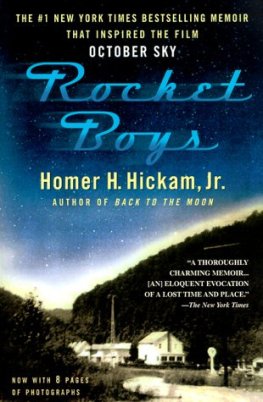
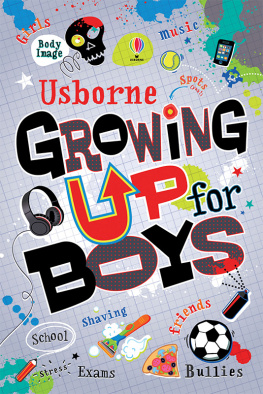
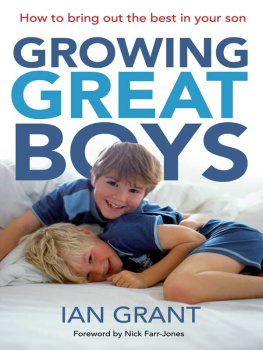
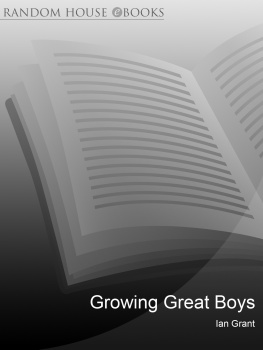

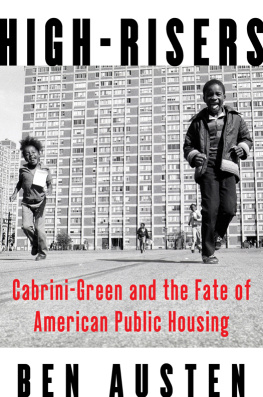
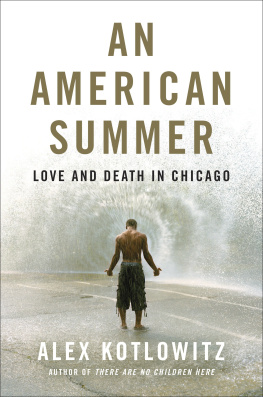
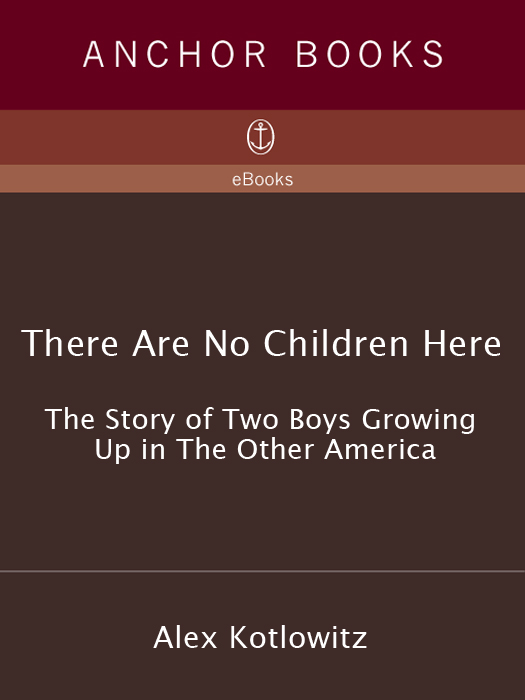
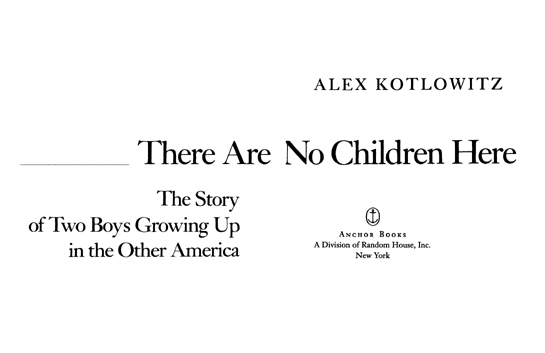
 Preface
Preface 